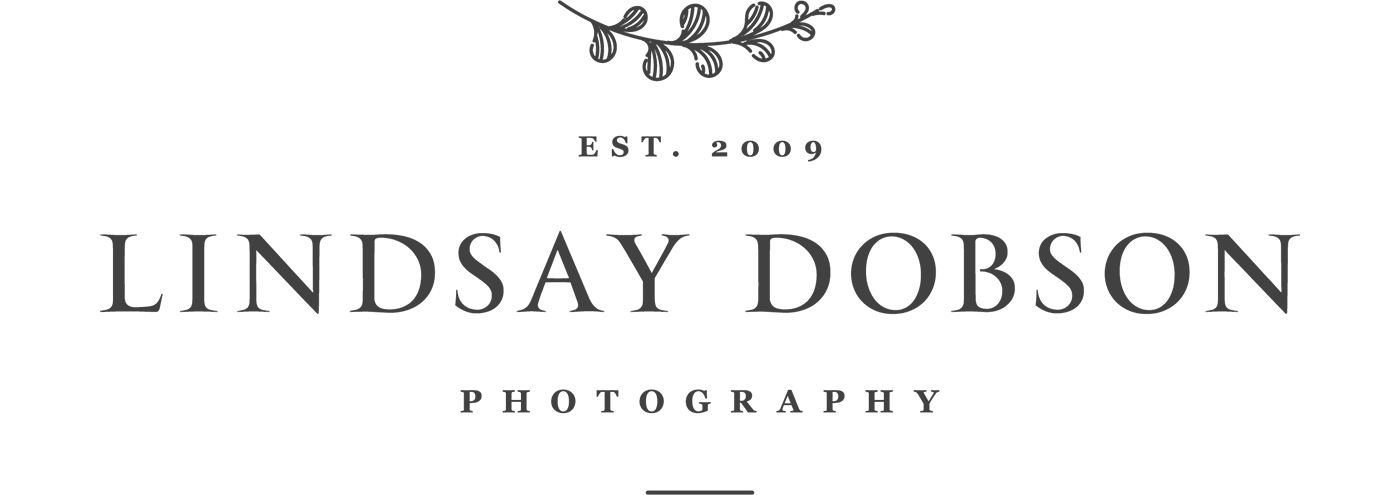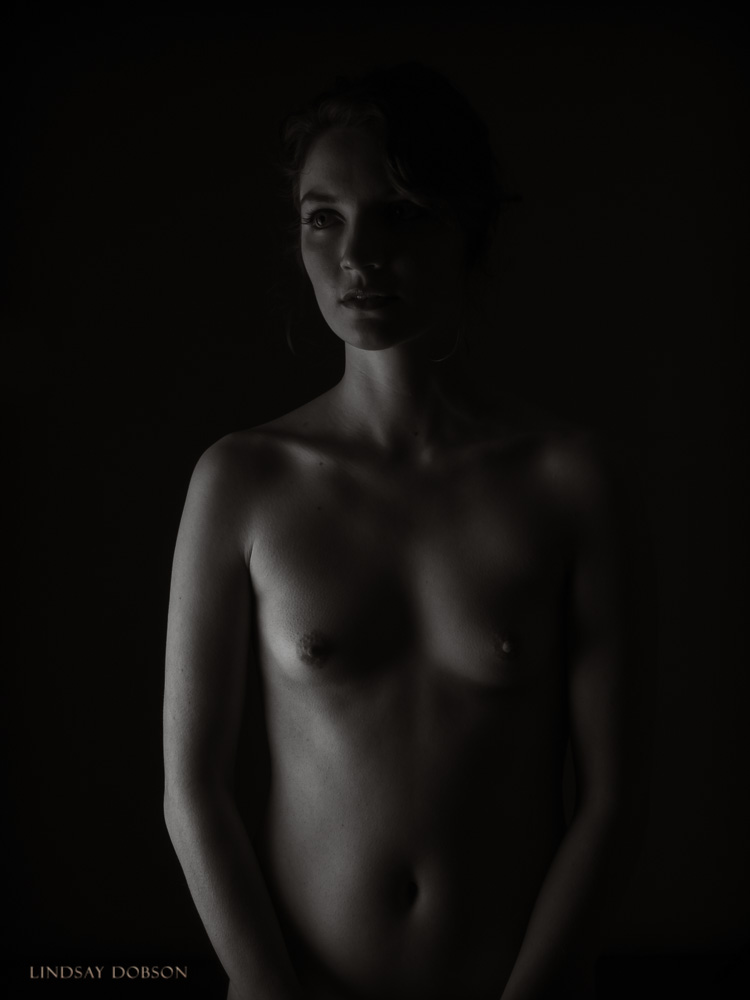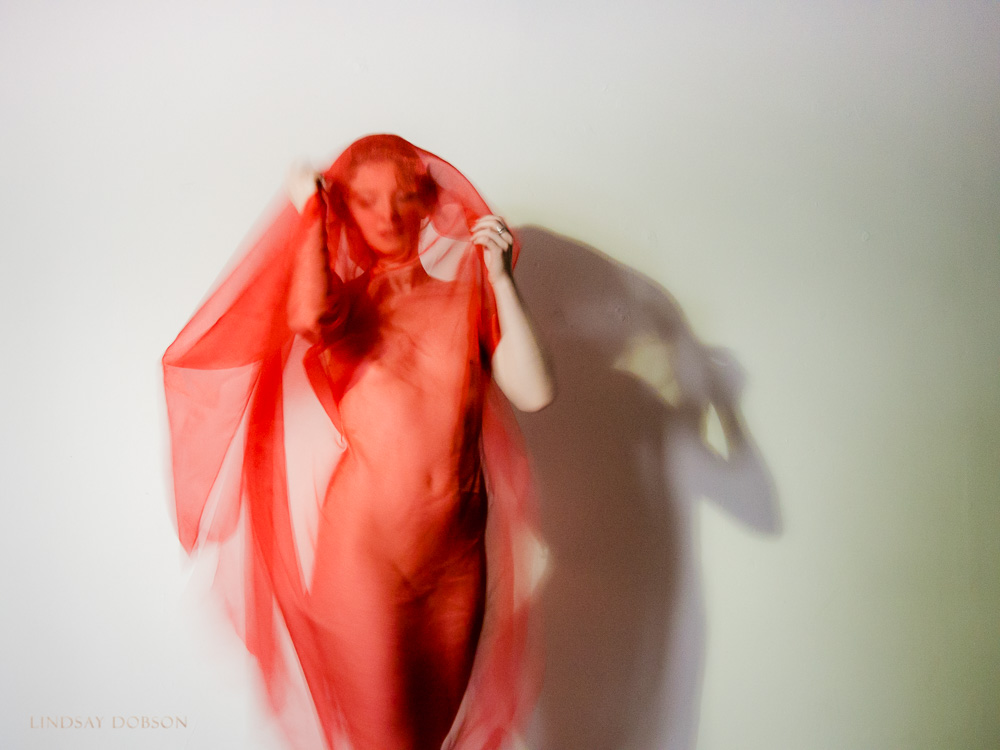Fine Art Nude Portraits Brighton East Sussex
Fine art nude photography is an exacting discipline and one where expert training and direction really matters. Irrespective of where we sit on the photographic learning curve, we should always strive to move forward. I believe this should be the case for all of us, whether or not we are new to the profession or whether we’re already established in business with a string of credentials. This is the beauty of photography, it offers us a bottomless pit of self-discovery. I am always thinking about the genres I want to explore and learn and just lately I’ve been seeking opportunities to study the human form under the gaze of a master.
I also think it’s a great idea to blog about your training or the opportunities you’ve had to work or shoot alongside a photographer you particularly admire. I believe clients find it greatly reassuring to see continued investment in new techniques and new thought processes, all of which will ultimately benefit your business and of course your customers.
And so I found myself at my friend and fellow photographer Derek Pether’s studio in Hampshire in sub zero temperatures over a weekend here in the UK. The weather did absolutely nothing to affect the spirits of the small tight group who had come together to photograph an experienced figure model. Before I go on, Derek’s studio is lovely and is available to hire (the rates are very reasonable, too) so if Hampshire is part of your manor do check out Rivendell Studios. Our model is the unspeakably beautiful Jennifer Dickinson.
Master photographer John Denton is one of my favourite photographers not just because of his visionary work, but also because he is a wonderful motivator and such fun to be around.
What is Fine Art Nude and Boudoir Photography?
It should be said at this point that the images I’m about to show you are of course of the nude form. A thing of beauty, as most fine art or people photographers will testify. I am of course here in the UK, where that attitude would generally prevail. But the world is a colourful place and not every jurisdiction will find nudity acceptable. There is of course a huge difference between artistic nude studies and so-called “glamour” photography which is designed to titillate and arouse. I will also point out that in the correct sense ‘boudoir photography’isn’t nude photography. In fact boudoir photography usually has a fun, fashion element, but it does involve most subjects revealing their underwear (and favourite accessories).
With that in mind the attendees at an event like this are carefully screened by the lead photographer and it’s vital we’re all working off the same page. Someone hoping to get their jollies will be shown the door pretty quickly. I have no reservations whatsoever about posting beautiful fine art figure studies here on my blog under either the Portrait or Boudoir categories. I am a portrait photographer after all and I photograph human beings extensively, be they business people, or families. If images depicting the nude form were to offend some of my viewers then that would be unusual here in the UK. But if it were the case ultimately I’m of the view that those are not clients who I would necessarily wish to work with anyway. Once you’ve carved your niche in the photographic community, there is some value in staying true to yourself, but once again I stress that if you live in a locality where nude imagery may compromise how you are viewed them good sense dictates that you give careful consideration to whether or not you share your images.
The most influential nude photographers include Man Ray, Helmut Newton, Bill Brandt and the more graphic representations of Irving Penn, Richard Avedon and Annie Liebowitz. As far as the modern day is concerned, and the relationship between fine art nude photography and the portrait photographer, there has been and remains an enduring fascination with this genre. Most notably because it is a precise and very demanding discipline to explore and will in many ways push you to your creative limits.
The slightest change in the positioning of a limb, the merest alteration of the placement of the lights and the image will become something completely different. The concept will either evolve into something uniquely gratifying or else will create some frustration when the picture in the mind of the photographer continues to elude them. This is another area where experienced figure photographers such as John Denton have such value. Each photographer is actively encouraged to explore a concept for themselves so that they will see first-hand how the principles of fine art nude photography can be a constant challenge.
For me, this was a particularly interesting exercise. A lot of my subjects are either very young (children) or are understandably very inexperienced in front of the camera (that would be most of us). Or else I may be photographing pets, domestic animals, or wildlife. In other words I have had to learn the value of contingency, compromise and several game plans in the face of subjects who cannot always be directed. And suddenly I find myself in a situation where every centimetre of movement matters, every instruction must resonate with the subject, and more importantly fine art nude photography is about freeing the mind of both photographer and model. In that respect, you will see a distinct progression in the images, from the finely controlled and carefully lit figure studies to the more conceptual forms where movement and blur have been introduced.
Equipment
Given that I’m always being asked about my kit, I spent the weekend shooting exclusively with my Olympus OMD EM-5 and occasionally with my Fuji X100 whenever I needed a wider field of view (grabbing this little camera is much easier than wasting time swapping lenses, especially if it’s just for a few frames). The images were captured with natural light, reflectors, and multi-light studio setups using Elinchrom Quadra Ranger lights (available from the Flash Centre here in the UK). Inside the studio I found it very useful to be able to re-frame quickly and so I used the cheap but surprisingly good Panasonic 14-42 pancake zoom lens (this is a variable aperture zoom but that doesn’t matter when you’re using studio lighting, since you’re normally at a tight aperture anyway). The OMD performed absolutely flawlessly and I cannot find fault with its output. Importantly, I remained free from the usual aches and pains which go hand-in-hand with carrying big heavy DSLRs!
Legal and Practical Considerations when Photographing Nude Models
Before I finally get around to the images, the discussioon added further value by including a session on practicalities and legalities, which should never be ignored. Where nude fine art nude photography is concerned a trained professional model will be your greatest ally, since she or he will easily interpret your instructions and will also bring a variety of useful ideas into the mix. They’ll also be well versed with the necessity for a Model Release which sets out your mutual obligations. This is vital, and your model will need to understand that by publishing the images in your portfolio (which is of course what both parties are seeking to achieve) the model needs to be comfortable with the fact that their nude form is something their friends, boyfriends and family are likely to encounter. This is never an issue for a fine art model but will require some explaining if your subject is less experienced.
A Release is binding, just as your normal photographic Contracts or Terms are, and a model (let alone her boyfriend or father) does not have the right to contact the photographer at a later date and demand that the pictures are removed from that photographer’s portfolio. A jealous boyfriend, husband or disapproving family member is not the photographer’s problem and no professional photographer should be expected to negate parts of their portfolio for this reason.
There is also the matter of how you go about arranging and managing nude shoots. Your models will need reassurance that you’re bone fide therefore evidence of previous photographic sessions along similar lines will be helpful, as well as an established presence as a professional photographer. I am a well qualified member of the leading photographic bodies and am bound by a professional code of conduct at all times, so I would include this and links to my various credentials if a prospective model or client requires it. Some photographers prefer that the model is not accompanied during the actual shoot since an audience can inhibit creative expression. Others will allow a friend to accompany the subject should they wish it. Still other photographers will prefer that their own assistant is present to protect them from any possibility of unsavoury allegations. For this reason research becomes important on both sides. As a location photographer I will often Google the names of my clients before fully committing to a shoot, even though the likelihood of encountering anybody unsafe is rare.
Quite often the images are destined to be part of a professional model’s portfolio and would therefore be produced as prints for his or her book. And digital files for web promotion on the model’s site or agency page. However, like boudoir photography (where the subject is normally clothed in tasteful lingerie or drapes) the images may be commissioned for a private collection as either wall presentations or a fine album.








